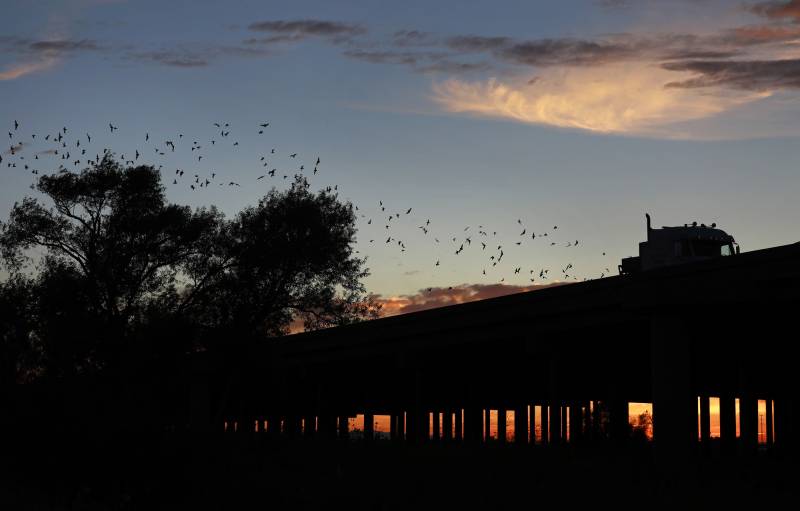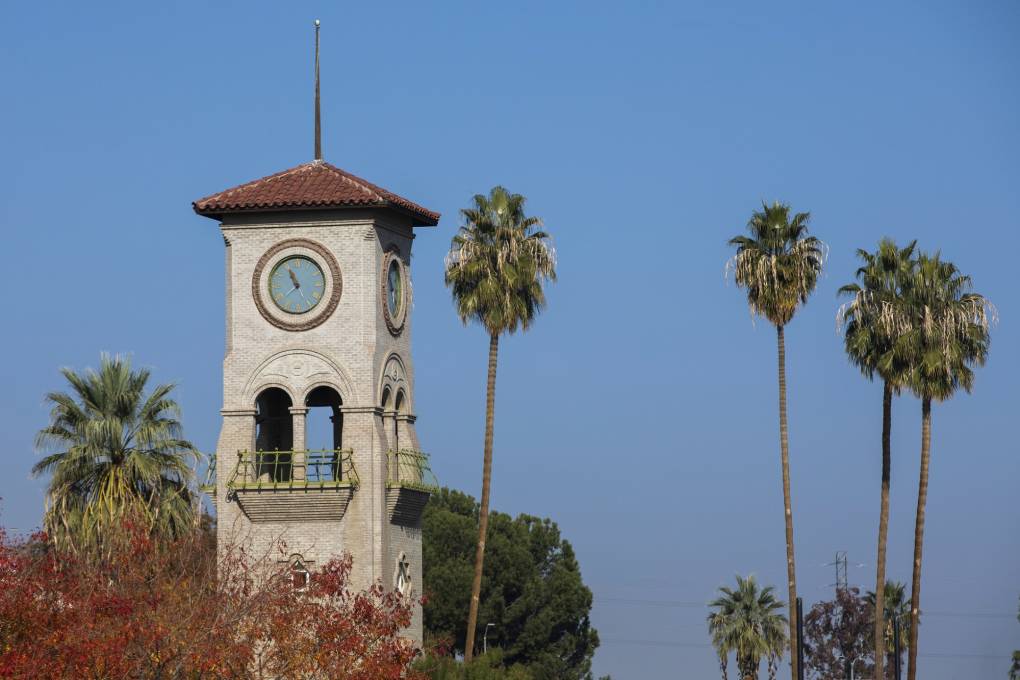Winifred Frick, chief scientist at Bat Conservation International and adjunct professor in ecology and evolutionary biology at UC Santa Cruz, is not sure why California has so far been spared, but she noted that the disease kills during bats’ winter hibernation.
“There’s some optimism that maybe because we have milder winters in California, we might see less mortality, but it’s basically too soon to tell,” Frick said. “We need to do everything we can to protect our bat populations. Especially given how important bats are to agriculture.”
Many scientists and researchers are working to reduce contact between the fungus and bats to prevent an outbreak of white-nose disease in California and nationally. This can be done, for example, by asking tourists to step onto a mat that can kill any fungal spores on their shoes before exploring popular cave sites where bats hibernate in the winter.
Other researchers are working to develop a vaccine to prevent bats from developing the disease.
Frick said the new research linking child mortality and bat population decline also underscores the connection between healthy biodiversity and healthy humans.
“People think that conservation is this sort of altruistic exercise of trying to protect wildlife for wildlife’s sake, but [this research] really shows that we’re all connected, and protecting bats also protects our agricultural production and ourselves,” she said.
White-nose disease has killed more than 6 million bats in North America since it was first discovered in New York in 2006. The hardest-hit areas have been Pennsylvania, New York and elsewhere in the Northeast.

